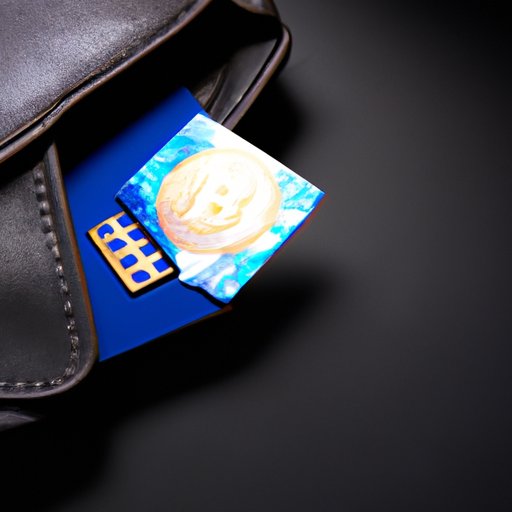Introduction
As cryptocurrencies become more mainstream, the need for secure wallets to store and manage digital assets is becoming increasingly important. But just how secure are these wallets? Are they vulnerable to hackers, or is it possible to protect yourself from malicious attacks? In this article, we’ll explore the security of crypto wallets, and discuss the risks and best practices for keeping your digital assets safe.
Understanding the Risks of Crypto Wallet Hacking
The most common way that crypto wallets are hacked is through phishing attempts. This is when a hacker will send an email or other message with a malicious link or attachment, which, if clicked, will install malware on your device. The malware can then be used to steal your private keys or other sensitive information, allowing the hacker to access your funds.
Another type of attack is known as “social engineering.” This is when a hacker will use psychological manipulation to get you to divulge confidential information. For example, the hacker may pretend to be someone from customer service and ask for your personal details in order to “verify” your account. These types of attacks can be difficult to detect, so it’s important to remain vigilant when dealing with anyone online.
In addition to these methods, there are also vulnerabilities in some crypto wallets that can be exploited by hackers. For example, if a wallet is not updated regularly, or if it is configured incorrectly, it may be vulnerable to attack. It’s important to keep your wallet up-to-date and ensure that it is configured correctly in order to minimize the risk of attack.

Protecting Yourself From Crypto Wallet Hackers
Fortunately, there are several measures you can take to protect yourself from crypto wallet hackers. First and foremost, it’s important to make sure your device is secure. Install anti-virus software, use strong passwords, and don’t click on any suspicious links or attachments. Additionally, if you’re using a web-based wallet, make sure the website is reputable and secure. Look for “https” at the beginning of the URL, and check for a padlock icon in the address bar.
It’s also important to keep your private keys secure. Don’t share them with anyone, and make sure to back them up in case of emergency. Finally, it’s a good idea to use a hardware wallet, such as a Trezor or Ledger, which provides additional security. These devices are designed to keep your private keys offline, making them much harder to access.
Conclusion
Crypto wallets can be vulnerable to hackers, but there are several measures you can take to protect yourself. Make sure your device is secure, keep your private keys safe, and use a hardware wallet for added protection. By following these tips, you can rest assured that your digital assets will remain safe and secure.
(Note: Is this article not meeting your expectations? Do you have knowledge or insights to share? Unlock new opportunities and expand your reach by joining our authors team. Click Registration to join us and share your expertise with our readers.)
